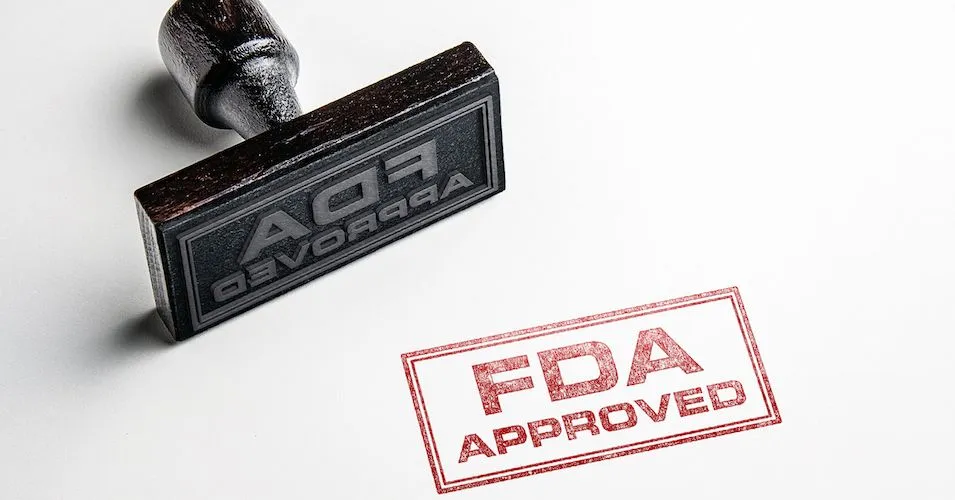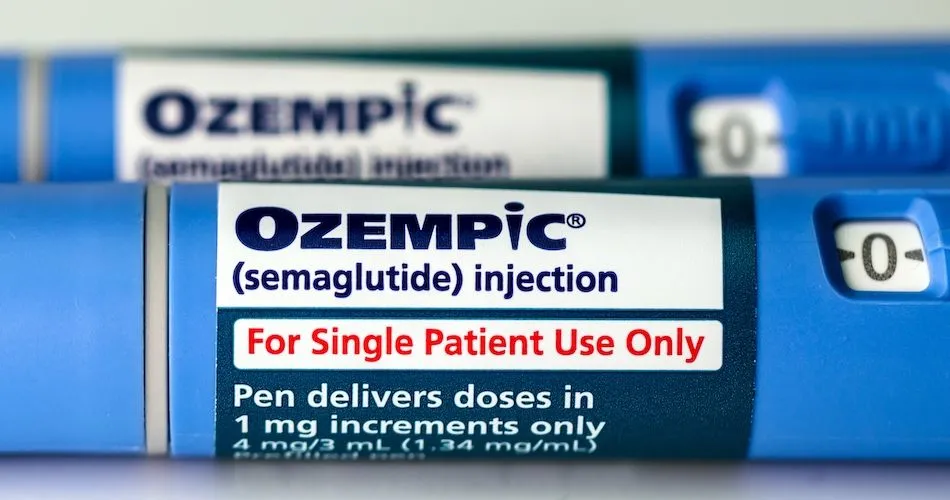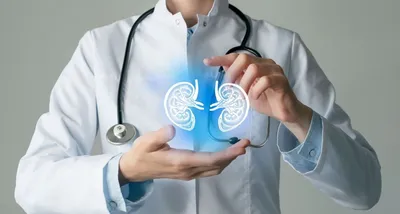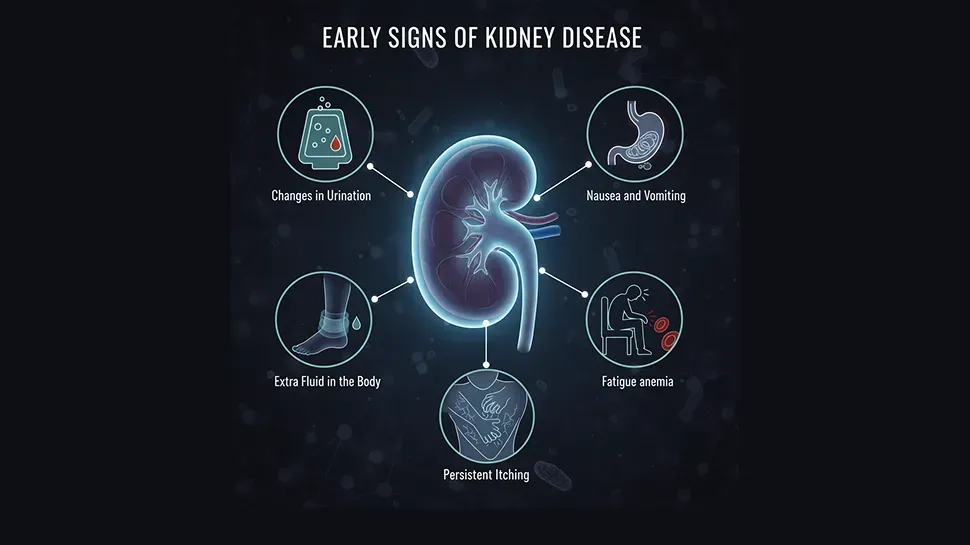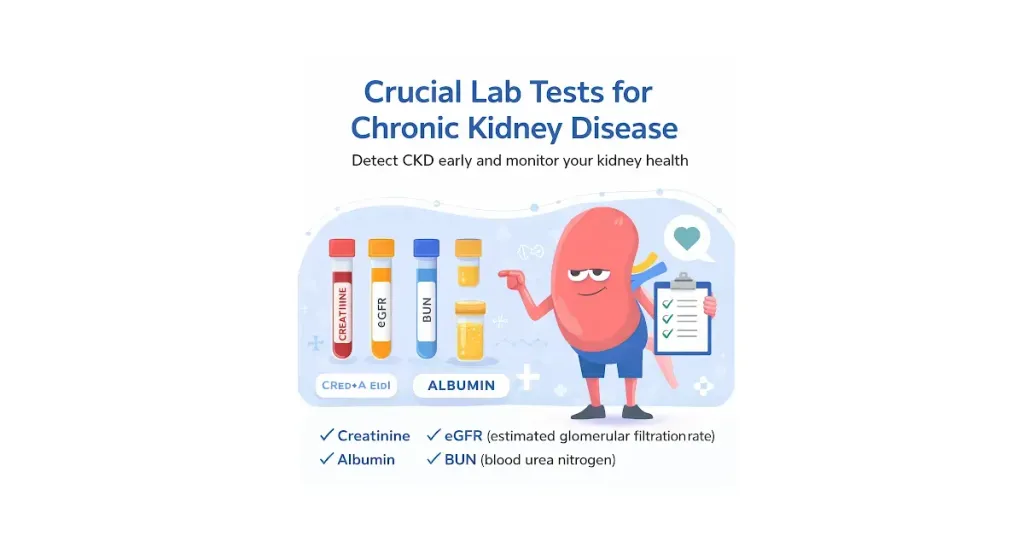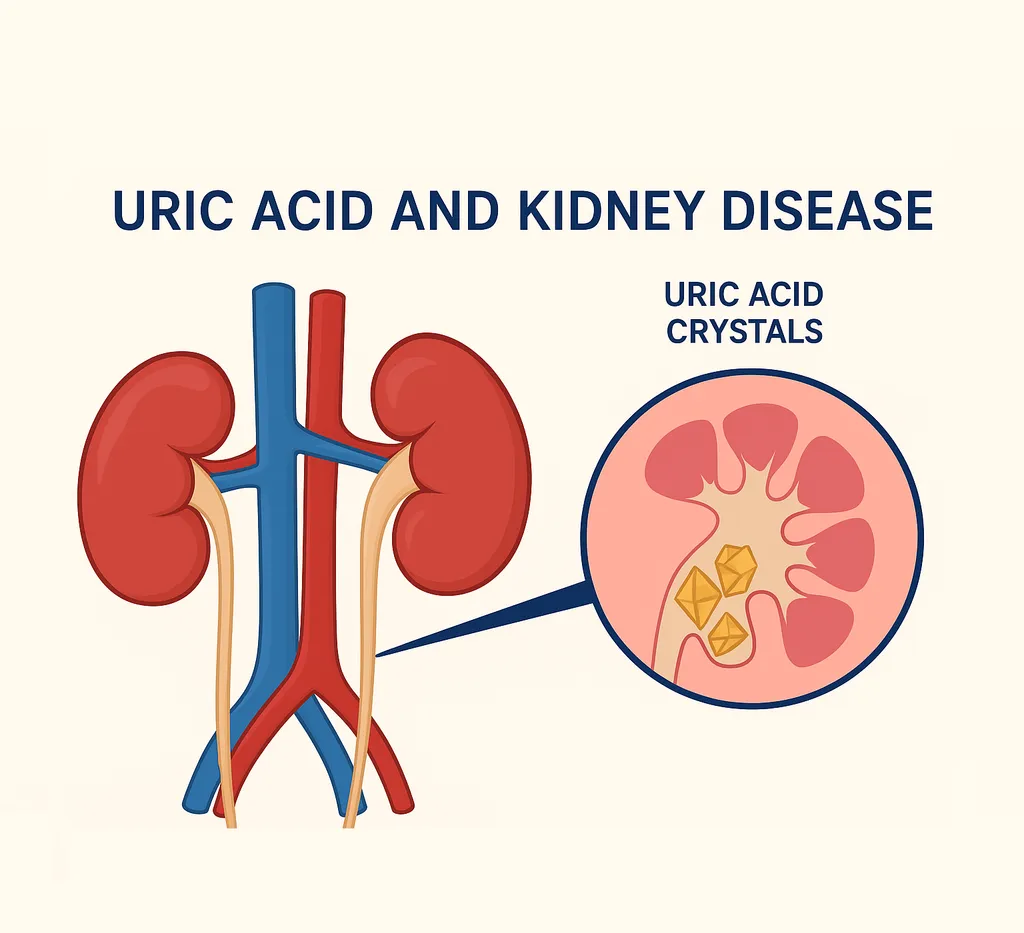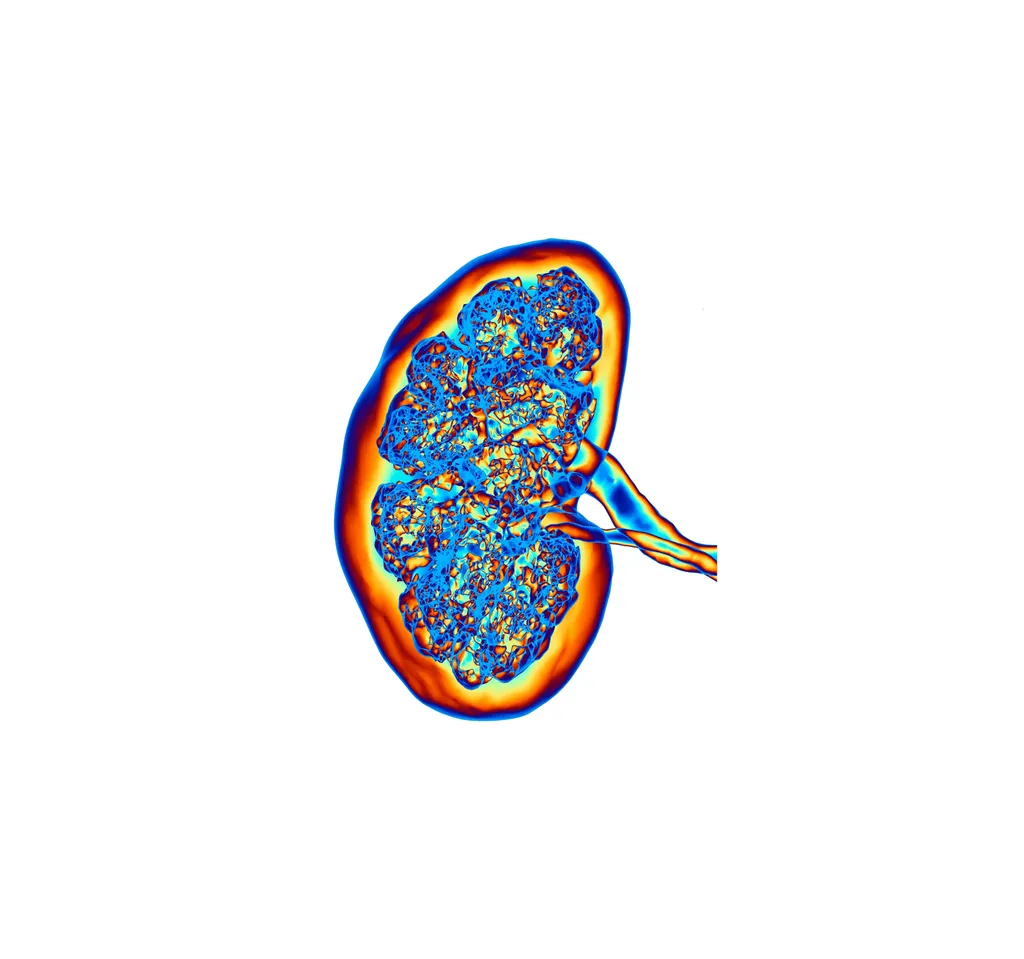Pulmonary Hypertension And Chronic Kidney Disease

Pulmonary hypertension (PH) is often associated with chronic kidney disease (CKD). “Pulmonary hypertension happens when the pressure in the blood vessels leading from the heart to the lungs is too high. With pulmonary hypertension, the blood vessels to the lungs develop an increased amount of muscle in the wall of the blood vessels.”
How Does Pulmonary Hypertension Affect The Kidneys?
Dysfunction of the kidneys can result from the increased pressure that is central to pulmonary hypertension. Vein congestion increases along with the number of cytokines (signaling proteins that regulate individual cells), further damaging the kidneys.
A New Study Looking at Pulmonary Hypertension and Kidney Transplant
Thus, “researchers of a new study have outlined considerations and management strategies for patients with pulmonary hypertension (PH) undergoing kidney transplantation resulting from chronic kidney disease, a condition increasingly related to certain types of PH.”
Pulmonary hypertension can be categorized into 5 groups:
- Group 1- also known as pulmonary arterial hypertension (PAH)
- Group 2- heart disease
- Group 3- lung disease
- Group 4- chronic thromboembolic disease
- Group 5- multifactorial (systemic disorders)
Determine Your Group
The most important consideration for a patient is to determine which PH group they belong to. This will determine the appropriate targeted therapy. Kidney disease primarily is associated with Group 5. This provides important information for transplantation (before and after). “Echocardiograms—recommended at 3 months post transplant to determine pulmonary pressures—can be repeated every year or every other year if there is a history of elevated pulmonary pressures.”
Treatment Options for Pulmonary Hypertension
“Patients with connective tissue disease-associated PAH have the highest rates of kidney impairment, although kidney dysfunction is also a feature of other PH forms. Older age, high systemic blood pressure, diabetes, and increased right atrial pressure seem to be associated with kidney impairment in PH patients.”
Those patients with kidney disease and PH have several treatment options:
- Anticoagulation for idiopathic PH- blood thinners that improve disease outcomes
- Calcium channel blockers- medications to lower blood pressure
- Targeted therapies- endothelin receptor antagonists, prostacyclin, phosphodiesterase type 5 inhibitors and soluble guanylate cyclase stimulators
Dialysis is recommended for patients in Group 2. For those in Group 3, oxygen therapy may be critical. For patients in Group 4, anticoagulation and thrombectomy are the suggested treatments.
Pulmonary hypertension (PH) is often associated with chronic kidney disease (CKD). “Pulmonary hypertension happens when the pressure in the blood vessels leading from the heart to the lungs is too high. With pulmonary hypertension, the blood vessels to the lungs develop an increased amount of muscle in the wall of the blood vessels.”
How Does Pulmonary Hypertension Affect The Kidneys?
Dysfunction of the kidneys can result from the increased pressure that is central to pulmonary hypertension. Vein congestion increases along with the number of cytokines (signaling proteins that regulate individual cells), further damaging the kidneys.
A New Study Looking at Pulmonary Hypertension and Kidney Transplant
Thus, “researchers of a new study have outlined considerations and management strategies for patients with pulmonary hypertension (PH) undergoing kidney transplantation resulting from chronic kidney disease, a condition increasingly related to certain types of PH.”
Pulmonary hypertension can be categorized into 5 groups:
- Group 1- also known as pulmonary arterial hypertension (PAH)
- Group 2- heart disease
- Group 3- lung disease
- Group 4- chronic thromboembolic disease
- Group 5- multifactorial (systemic disorders)
Determine Your Group
The most important consideration for a patient is to determine which PH group they belong to. This will determine the appropriate targeted therapy. Kidney disease primarily is associated with Group 5. This provides important information for transplantation (before and after). “Echocardiograms—recommended at 3 months post transplant to determine pulmonary pressures—can be repeated every year or every other year if there is a history of elevated pulmonary pressures.”
Treatment Options for Pulmonary Hypertension
“Patients with connective tissue disease-associated PAH have the highest rates of kidney impairment, although kidney dysfunction is also a feature of other PH forms. Older age, high systemic blood pressure, diabetes, and increased right atrial pressure seem to be associated with kidney impairment in PH patients.”
Those patients with kidney disease and PH have several treatment options:
- Anticoagulation for idiopathic PH- blood thinners that improve disease outcomes
- Calcium channel blockers- medications to lower blood pressure
- Targeted therapies- endothelin receptor antagonists, prostacyclin, phosphodiesterase type 5 inhibitors and soluble guanylate cyclase stimulators
Dialysis is recommended for patients in Group 2. For those in Group 3, oxygen therapy may be critical. For patients in Group 4, anticoagulation and thrombectomy are the suggested treatments.

about the author
Lisa Foster
Lisa Foster is a mom of 3 daughters and 1 perfect grandchild, a puzzle lover, writer and HealthTree advocate. She believes in the mission of the foundation and the team that builds it forward. She calls Houston, Texas home.
More on Treatment Advances
Trending Articles
Get the Latest Kidney Disease Updates, Delivered to You.
By subscribing to the HealthTree newsletter, you'll receive the latest research, treatment updates, and expert insights to help you navigate your health.
Together we care.
Together we cure.
3x Faster.
